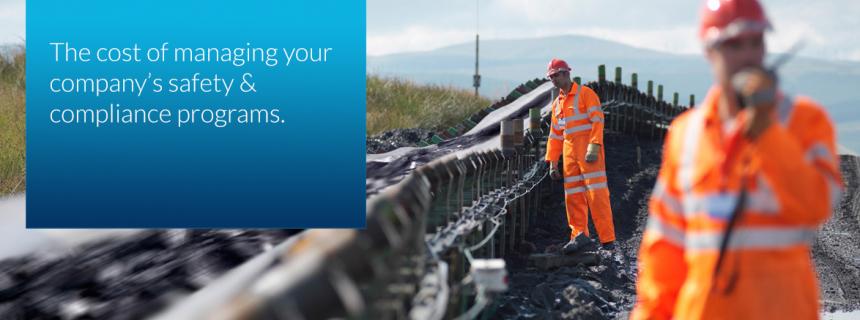Organizations around the world have begun re-examining the value of safety departments.
For many companies, while it is true that implementing health and safety initiatives can be an expensive endeavor, the cost of workplace incidents should be motivation enough for improving the performance of their safety programs. As safety and compliance regulations around the world become increasingly stringent, the costs associated with workplace injuries and illnesses can potentially become crippling to most organizations.
However, some companies have begun to question the ROI and performance impact that cultivating a strong safety culture provides. Many of these companies are shrinking their health and safety departments in order to reduce costs and increase efficiency.
According to the UK’s Health and Safety Executive (HSE) statistics, the financial and human costs incurred due to workplace injury and illness between 2014 and 2015 reached a total of £14.1bn. According to the Labour Force Survey 621,000 injuries occurred at work in the UK between 2015 and 2016, and 137 workers were killed at work between 2016 and 2017. Each year,millions of working days are lost due to work-related illness and injury, several hundred thousand workers are injured at work.
Businesses that invest in the health and safety of their employees and are compliant and up to date with the latest regulations will save themselves from the heavy costs associated with workplace injuries, illnesses, and fatalities.
Prioritizing safety and compliance should not be viewed as a regulatory burden. In fact, proper EHS management can provide significant benefits to an organization, including:
– fewer workplace accidents, injuries, fatalities
– lower employee absence and turnover rates
– lower risk of legal action
– better reputation for corporate responsibility among investors, customers, and communities
– higher productivity, with healthier, happier and more motivated employees
To maintain an efficient and effective culture based around safety requires a great deal of time and planning, but an organization’s emphasis and focus on safety eventually permeates throughout the entire organization, directly influencing the number of frontline employee injuries.
Going forward, most of these skeptical companies will find that the cost of injury prevention is far less than the costs associated with a workplace injury. A safe and healthy work environment pays, in more ways than one.
To read more, please visit: hrnews.co.uk/hidden-costs-health-safety-fails/


